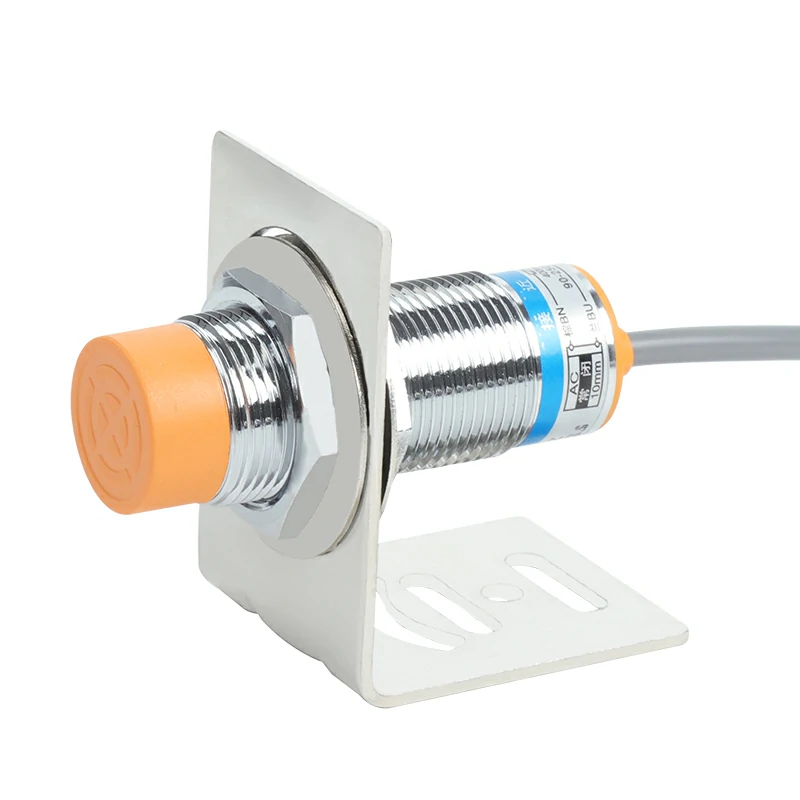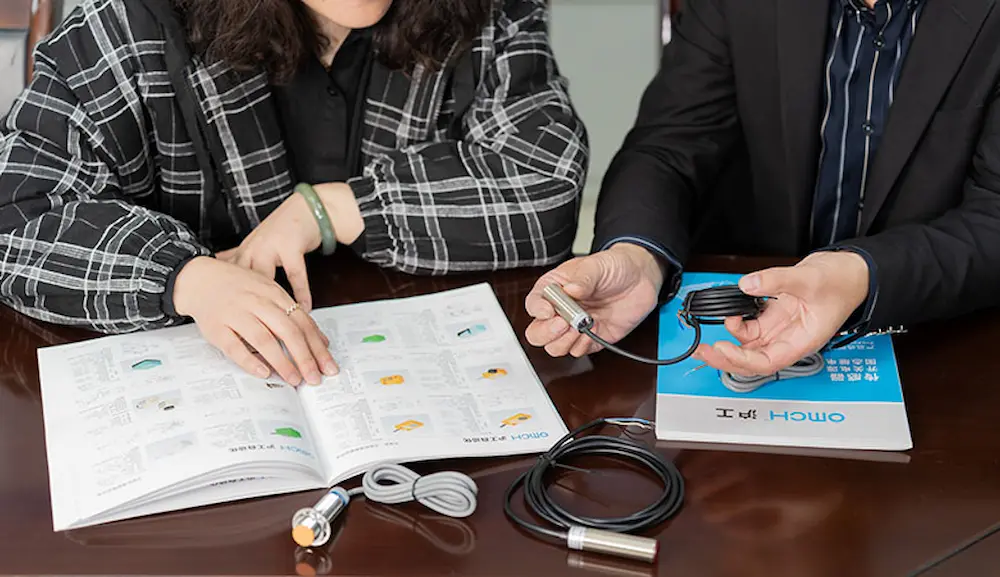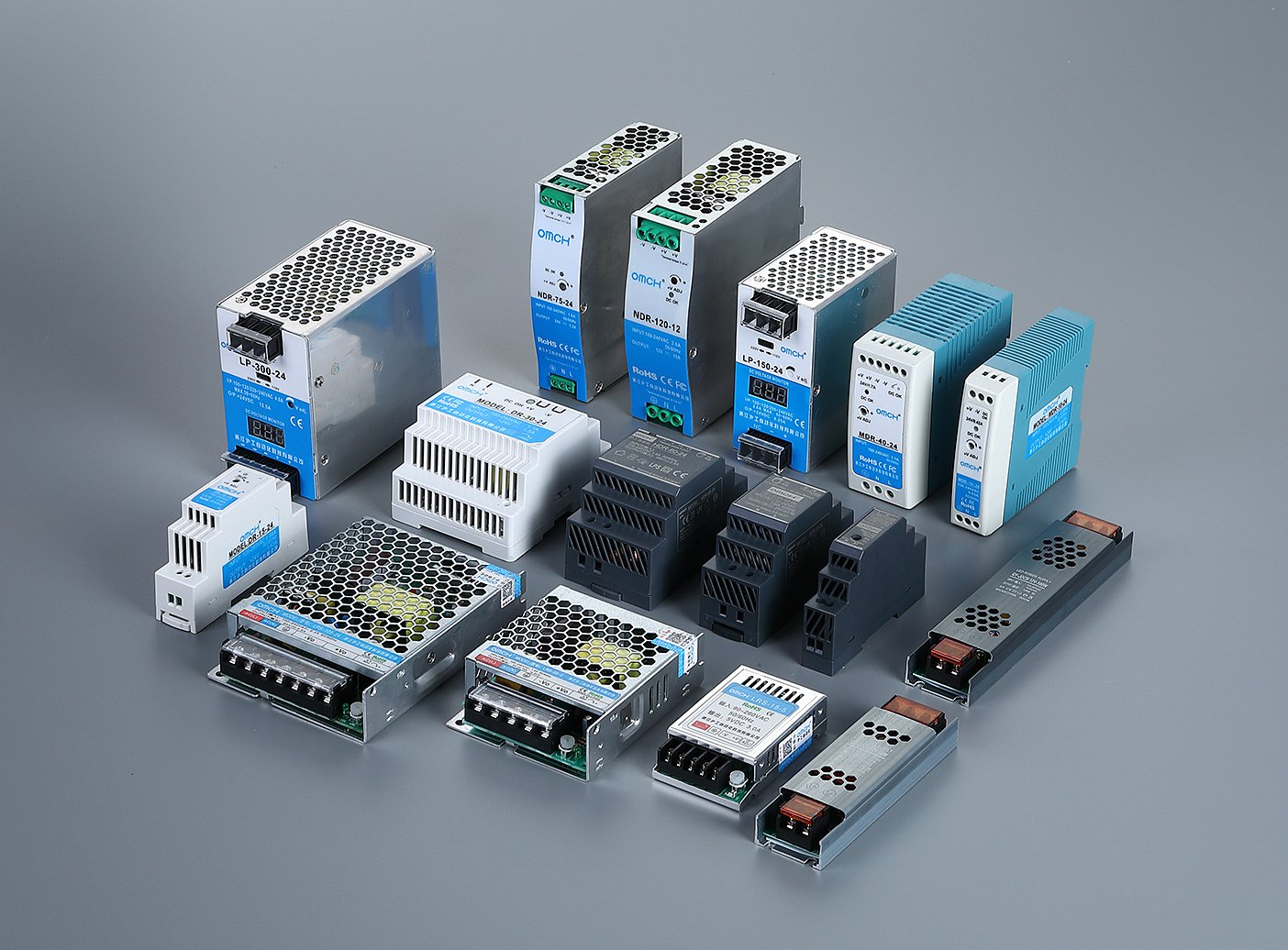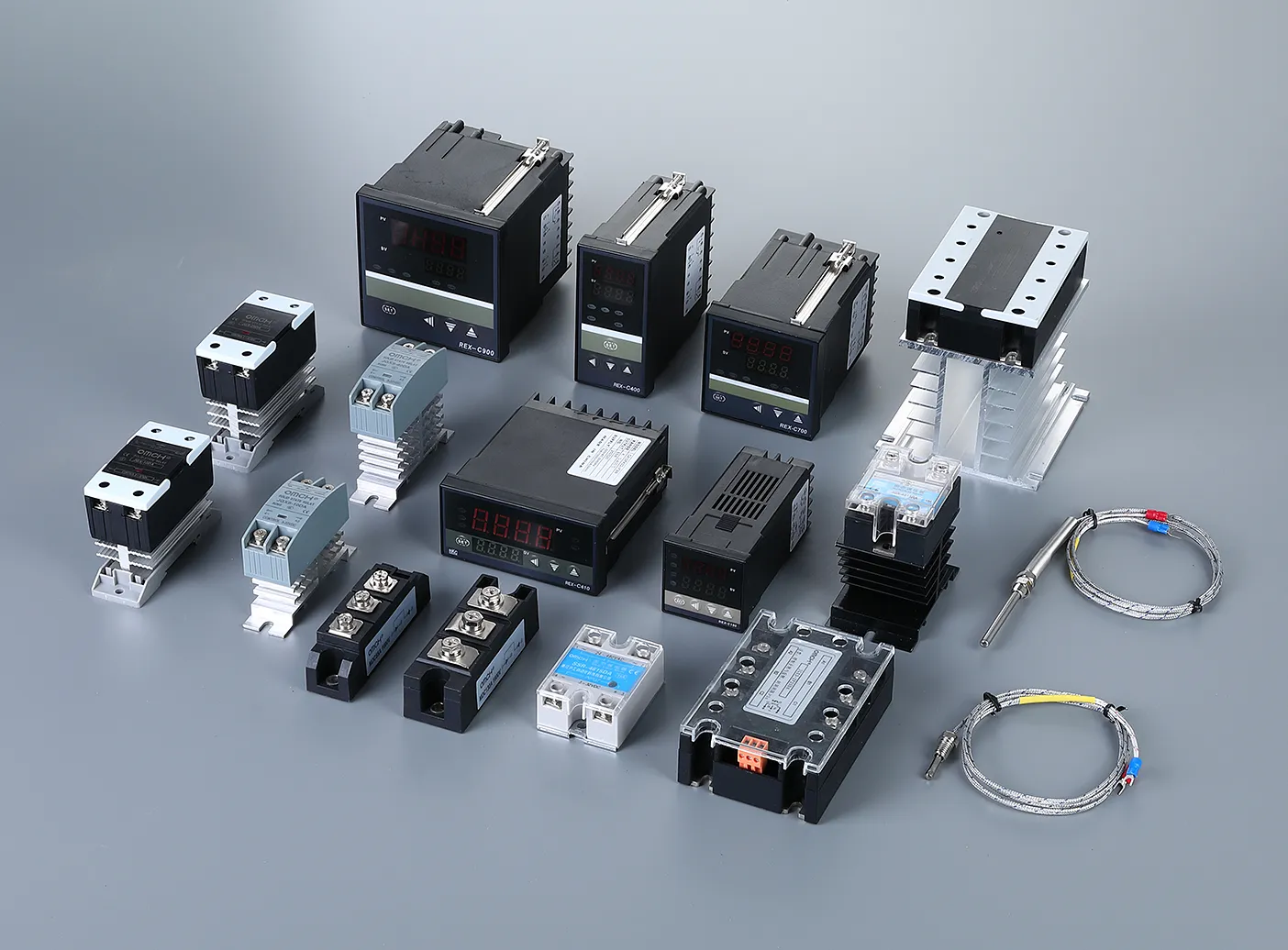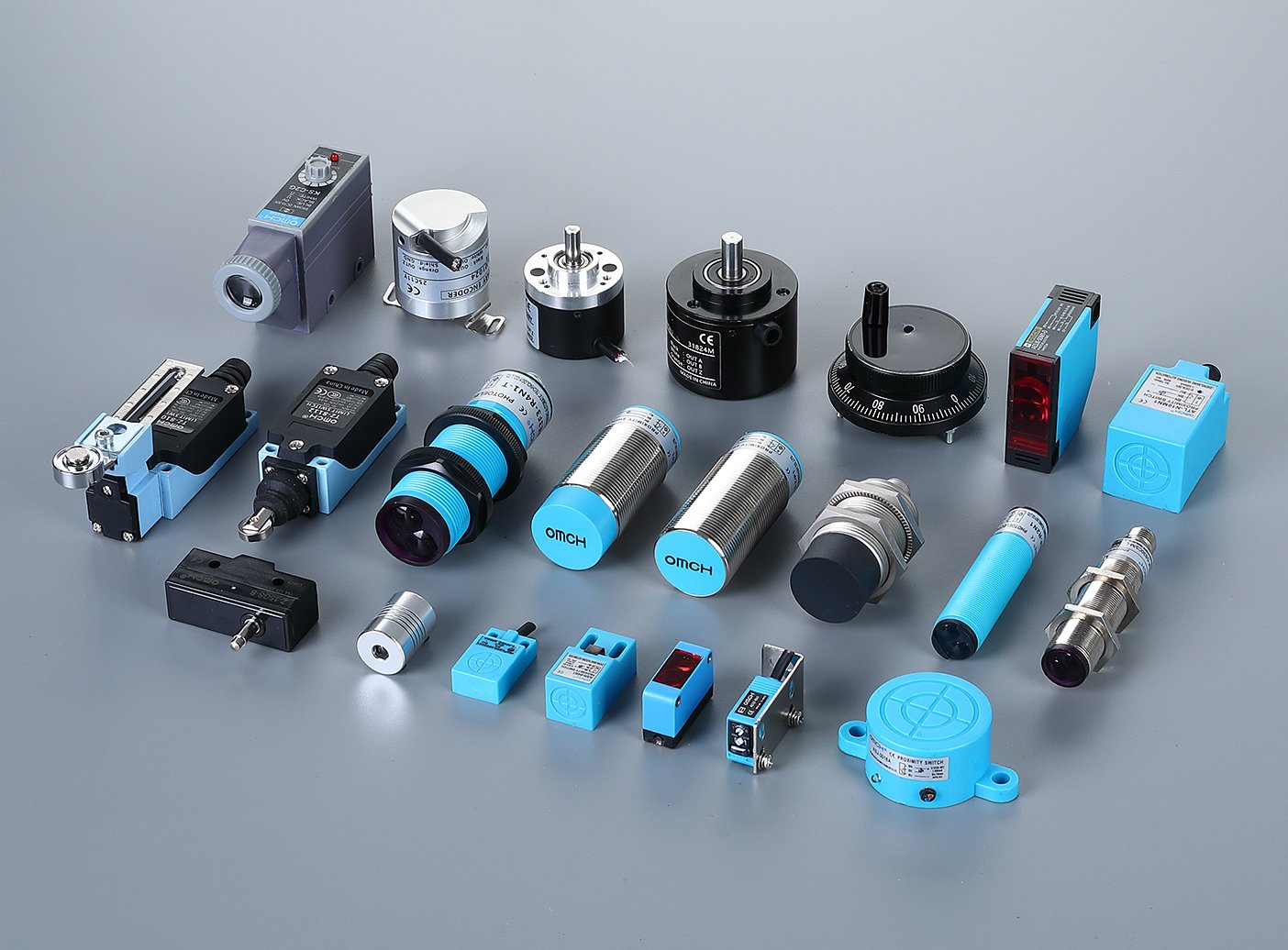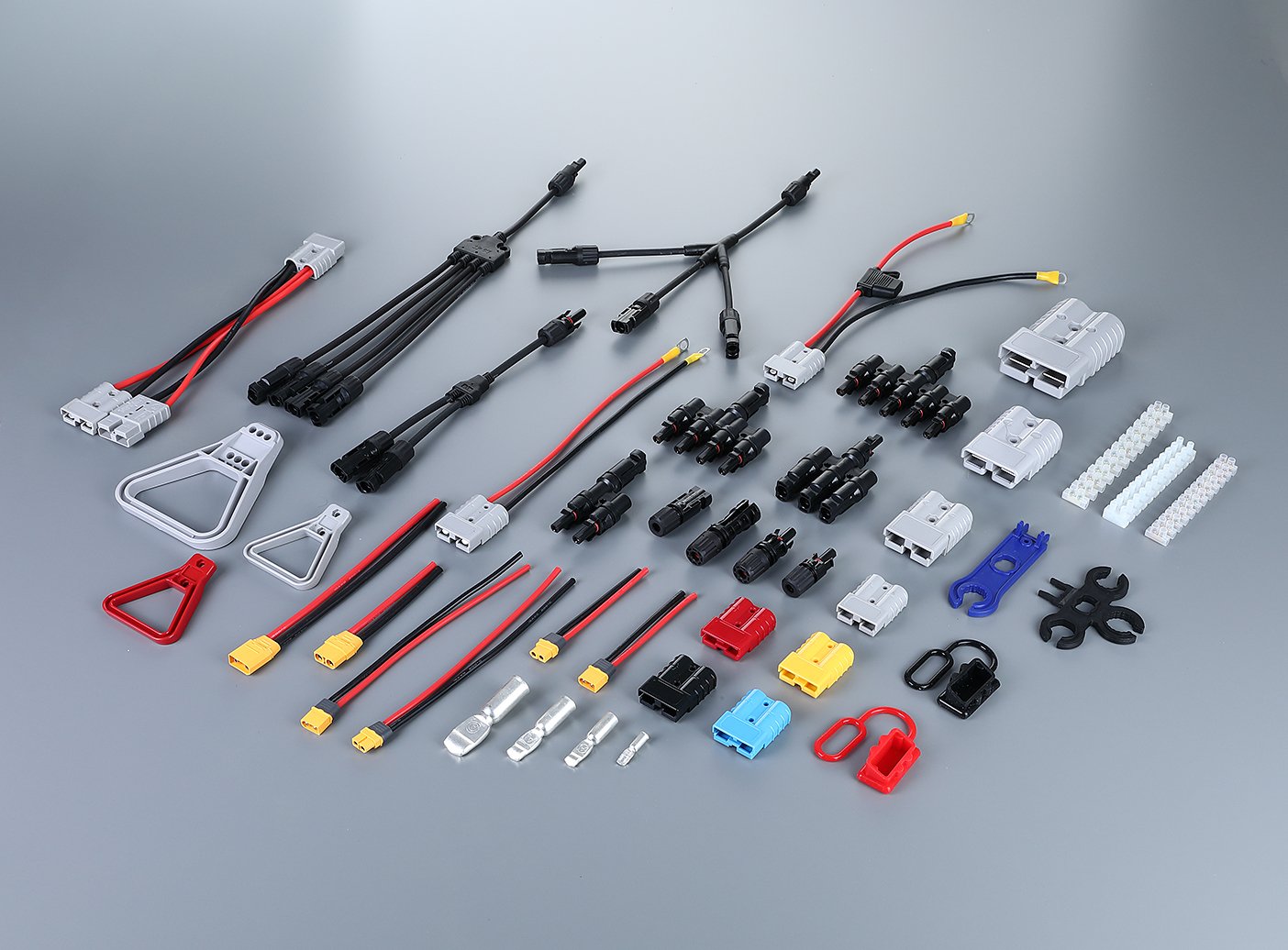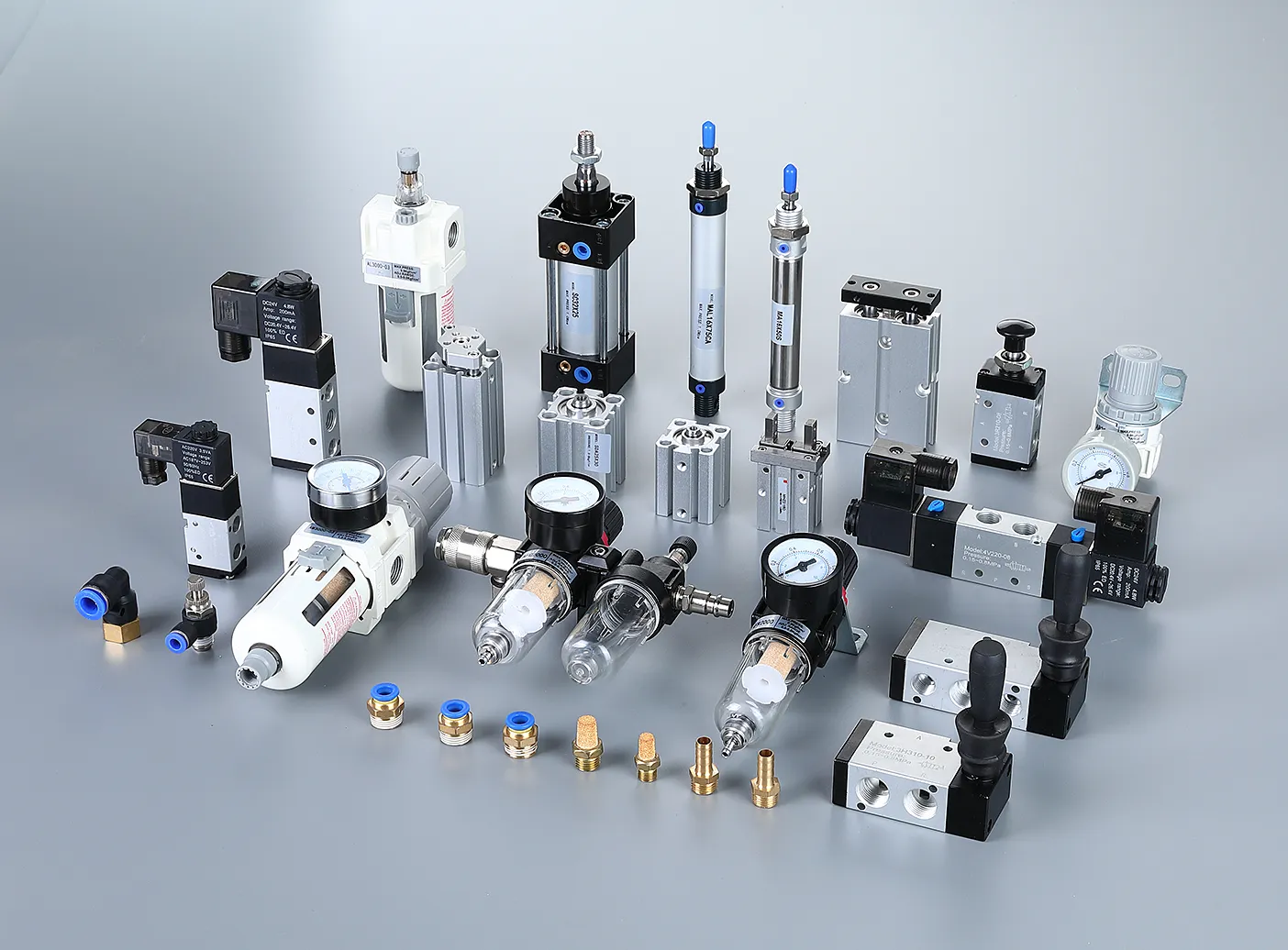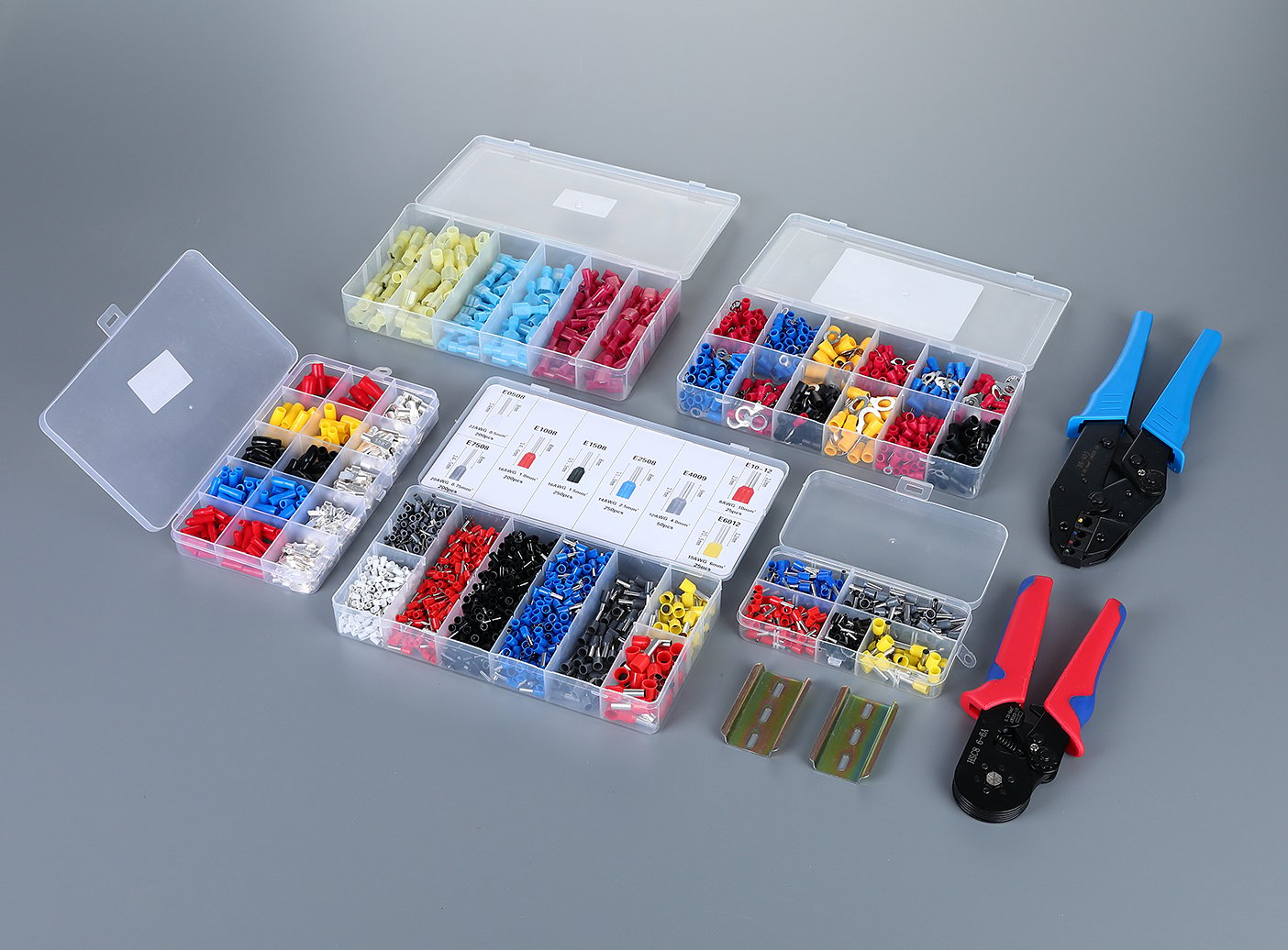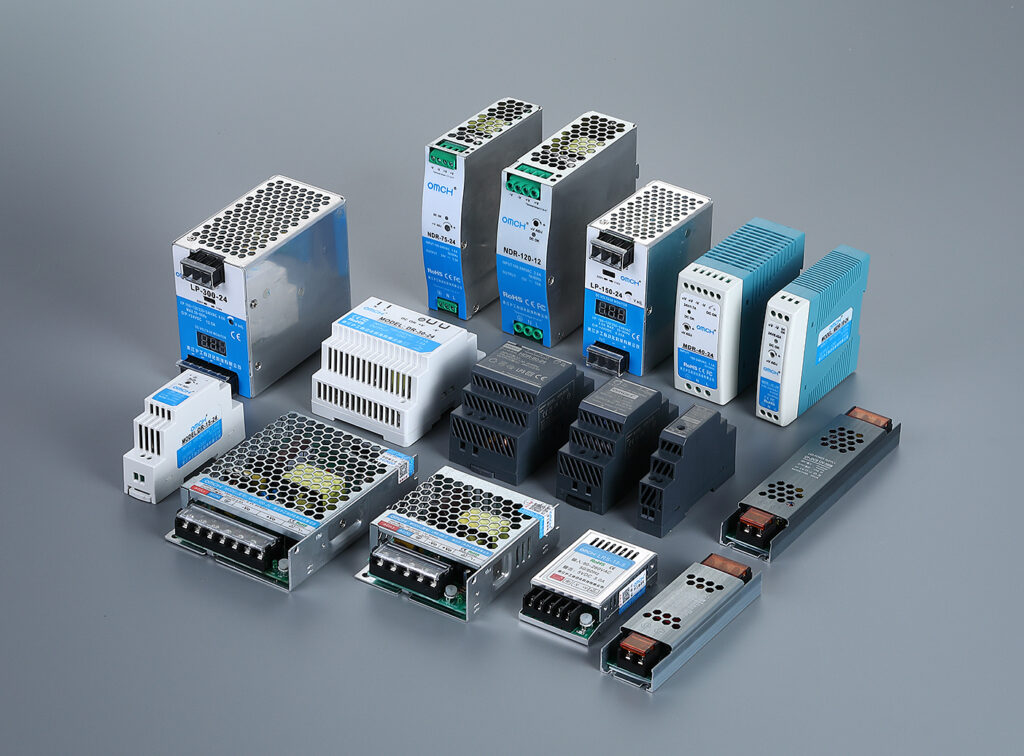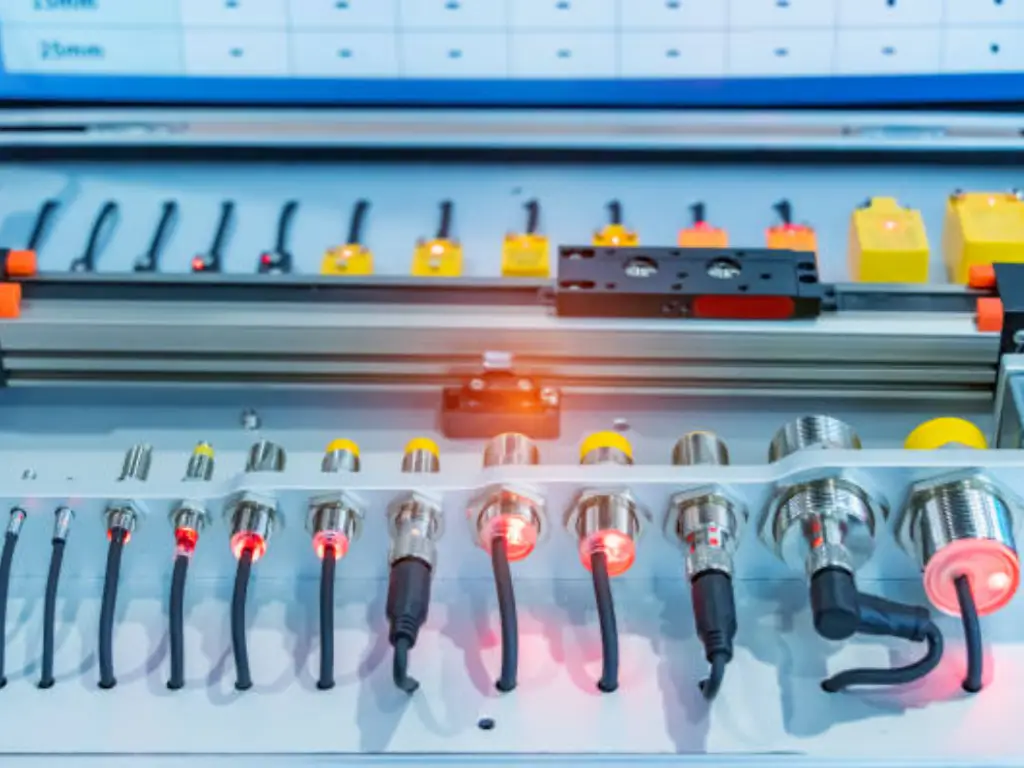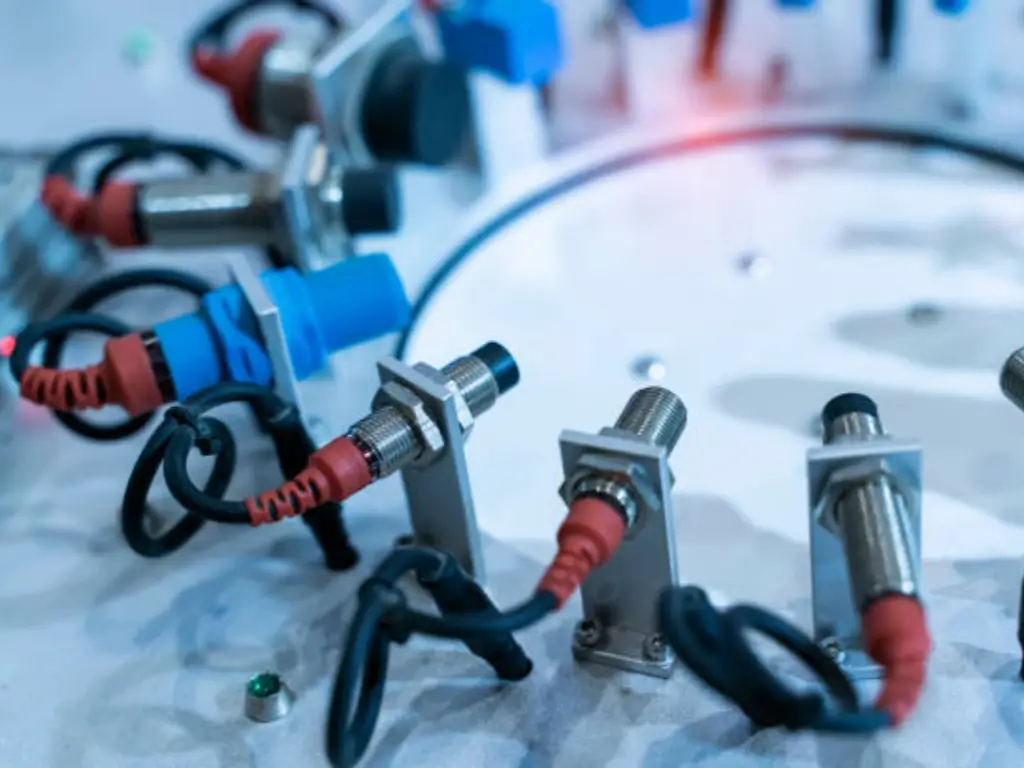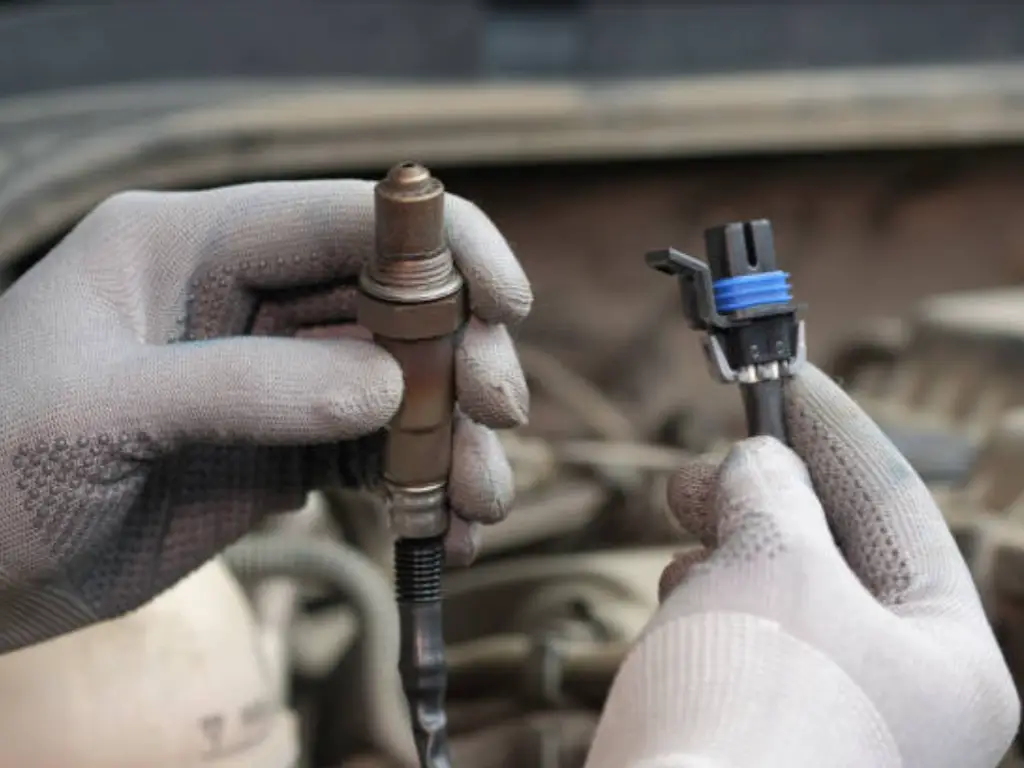Present in the contemporary technological world are billions of processes controlled by hidden and in most of cases unrecognized parts. Whether it is the intricate movements of the production line in a factory or a dumb telephone screen turning dim with a phone call, it is proximity sensors that make automation and smart design possible behind the scenes. Such devices give the machines a basic sense-an ability to see or sense the occurrence of any object without necessarily touching it. This has emerged to be a keystone in efficiency, safety, and user-centric design in virtually all of the large industries. This paper will shed light on the principles of these decisive elements, outline their major reproaches to the sensors of proximity, and discuss their game-changing uses in the most important industrial ventures.
What Are Proximity Sensors and Why Do Industries Rely On Them?
To appreciate their impact, one must first understand their fundamental nature and the distinct advantages they offer over traditional mechanical alternatives.
What is a Proximity Sensor?
A proximity sensor is an electronic instrument that has the ability to detect the presence of nearby objects without physical contact. Commercially, the sensor works by projecting an energy field into its immediate vicinity e.g. electromagnetic field, infrared beam of light, sound beam at high frequencies etc. It then analyzes this change in this field or its return signal. Once an object in a detection zone breaks this field, the output circuit in the sensor switches and indicates the presence of the object to the connected control system (such as a PLC, microcontroller or computer). The distinctive feature that differentiates proximity sensors and other mechanical-type devices such as proximity switches is that proximity sensors can be identified as a non-contact principle.

Why This Technology is Indispensable
The widespread adoption of proximity sensors is not accidental; it is a direct result of the compelling operational advantages they provide, making them indispensable for modern automation.
- Enhanced Reliability and Longevity: Because proximity sensors have no moving parts, they are not subject to the mechanical wear and tear that plagues traditional switches. This solid-state design results in a significantly longer operational lifespan and reduces maintenance requirements, leading to less downtime and lower long-term costs.
- High-Speed Operation: Unconstrained by mechanical inertia, electronic sensors can switch on and off at incredibly high speeds. This makes them ideal for applications involving rapid processes, such as counting objects on a fast-moving conveyor belt or monitoring the movement of an object in machinery.
- Safety and Product Integrity: The non-contact nature of these sensors allows them to detect objects without disturbing them. This is critical in applications where the target is delicate, freshly painted, or sterile. It also enhances operator safety by allowing machines to sense the vicinity of hands or tools in hazardous areas.
- Environmental Resilience: Many types of proximity sensors are sealed in rugged enclosures, making them highly resistant to environmental conditions like dust, moisture, oil, and chemical contaminants. This allows them to function reliably in harsh industrial settings where mechanical devices would quickly fail.
Understanding the Four Core Types of Proximity Sensing Technologies
Although all proximity sensors are based on the same principle of non-contact detection, they perform the task on the basis of diverse physical principles. Selection of the type of sensor is determined by the nature of the material of the target object, the range of sensing needed, and the environment of operation. There are four major types of proximity sensors that prevail, namely the inductive proximity, the capacitive proximity, the photoelectric and the ultrasonic proximity. Inductive Proximity Sensors
The inductive sensor is the workhorse of industrial automation for metallic object detection.
Working Principle:
Alternatively, an inductive sensor will produce a high-frequency electromagnetic field, through a coil on the sensing face. Objects made out of a metallic material (ferrous materials or non-ferrous materials) will produce very small electrical currents, called eddy currents, on their outer surfaces when they are brought into this field. These eddy currents cause a second magnetic field strength to form which counteracts the original field on the sensor and diminishes it. This loss of field oscillation is sensed internally by the sensor circuitry and used to cause the output.
Target Objects: Exclusively detects metallic objects.
Advantages:
- Extremely robust and durable.
- Highly resistant to dust, dirt, oil, and moisture.
- Fast switching speeds and a very long operational life.
- Can withstand extreme temperatures.
Disadvantages:
- Limited to detecting metal targets only.
- The sensing range is relatively short, typically from a few millimeters up to around 60mm.
Capacitive Proximity Sensors
Capacitive sensors offer greater material versatility compared to their inductive counterparts.
Working Principle:
Capacitive sensors are an open capacitor where the sensing face is one plate, and a second internal electrode is the other plate. This gives a stable electrostatic field. As any object, both conductive and non-conductor, comes close to sensing face, the dielectric constant of the gaps between plates is changed. This alteration in dielectric abilities leads to alteration in the capacitance of the system. After this change exceeds a set threshold, this sensor becomes active.
Target Objects: Can detect nearly any material, including metals, plastics, wood, liquids, powders, and granular substances.
Advantages:
- Highly versatile in the range of materials it can detect.
- Useful for applications like liquid level sensing through a non-metallic tank wall.
Disadvantages:
- More sensitive to environmental factors like humidity and moisture, which can cause false triggers.
- The sensing range is also quite short.

Photoelectric Proximity Sensors
Photoelectric (or optical) sensors use a beam of light to detect the presence of an object.
Working Principle:
These sensors consist of two main components: an emitter (usually an infrared or visible light LED) and a receiver (a photodiode or phototransistor). They operate in one of three primary modes:
Thru-Beam: The emitter and receiver are in separate housings, facing each other. An object is detected when it breaks the beam of light between them.
Retro-Reflective: The emitter and receiver are in the same housing. The light beam is bounced off a special reflector, and an object is detected when it interrupts this path.
Diffuse-Reflective: The emitter and receiver are in the same housing, and the sensor relies on the light beam reflecting directly off the target object itself.
Target Objects: Detects most opaque or semi-opaque objects.
Advantages:
- Offers a much longer sensing range than inductive or capacitive types, capable of reaching many meters.
- Highly versatile and available in various configurations.
Disadvantages:
- The performance can be affected by the target’s color, reflectivity, and surface texture.
- Lenses can be obscured by dust, dirt, or moisture, requiring periodic cleaning.
Ultrasonic Proximity Sensors
Ultrasonic sensors use sound waves to measure distance and detect objects, similar to sonar.
Working Principle:
The sensor emits a short, high-frequency pulse of sound. It then enters a listening mode, waiting for the sound to reflect off an object and return as an echo. The sensor’s microprocessor measures the elapsed time between the sound’s emission and reception (known as the “Time-of-Flight”). Using the speed of sound, it accurately calculates the distance to the object.
Target Objects: Can detect almost any object that reflects sound, regardless of its color, transparency, or surface gloss. This includes clear glass, liquids, and shiny metals.
Advantages:
- Excellent at detecting transparent or irregularly shaped objects.
- Unaffected by color.
- Can be used for distance measurement, not just presence detection.
Disadvantages:
- Slower response time compared to photoelectric sensors.
- Can have difficulty detecting soft, sound-absorbing materials like foam or fabric.
- May have a “blind zone” very close to the sensor face where detection is not possible.
Summary of Proximity Sensor Types
| Sensor Type | Operating Principle | Detectable Materials | Key Advantages | Common Limitations |
| Inductive | Detects disruption in an electromagnetic field via eddy currents. | Metals only (ferrous and non-ferrous). | Extremely robust, immune to dirt/moisture, high speed. | Short sensing range, only detects metal. |
| Capacitive | Detects changes in capacitance caused by a nearby object. | Virtually any material (solids, liquids, powders). | Highly versatile, can “see through” non-metallic containers. | Sensitive to humidity, shorter sensing range. |
| Photoelectric | Emits a beam of light and detects its reflection or interruption. | Most opaque objects. | Long sensing distance, versatile modes (thru-beam, etc.). | Affected by target color/reflectivity, lens can get dirty. |
| Ultrasonic | Emits a sound pulse and measures the echo’s time-of-flight. | Any sound-reflecting material, including clear objects. | Unaffected by color/transparency, provides distance measurement. | Slower response time, has a blind zone, poor on soft materials. |
Powering Automation with Sensors in the Manufacturing Industry
Proximity sensors in manufacturing industry form the basic steps of automation. Hundreds of these sensors on a modern production line cooperate to make sure processes are running smoothly, safely, and as efficiently as possible. Verification of the location of metal machine parts, clamps and fixtures are universally done using magnetic proximity sensors. Continuing with the above example, a sensor will indicate a robotic arm that a metal chassis is in the right position prior to welding commencing. On a conveyor system, the detection and counting of objects is essential and photoelectric sensors are ideally suited to this purpose; either a thru-beam sensor can ensure that each bottle passes and a diffuse sensor can make sure that a label has been put on a box. Such continuous feedback means that control can be precise, the number of errors is minimal, and throughput is exceedingly high.
Enhancing User Experience in Consumer Electronics like Your Smartphone
Off the factory floor, however, there are proximity sensors at the heart of devices that we all use on a regular basis. Most people are familiar with the most popular variety, the infrared (IR) proximity sensor in your smartphone. When you balance your phone on your ear when talking, the display screen is automatically powered off to avoid undesired contacts with your facial skin as well as to save your battery power. This is done by using a small IR LED which emits an invisible beam of infrared light and a light sensing device that reads the reflection. With your face near, the intensity of the reflected light is very high prompting the software to shut off the screen and the touchscreen. Such a seamless, easy interaction is a perfect example of how sensors may be implemented to bring in a more natural, smart user experience particularly in Android and mobile applications.
Improving Safety Systems with Sensors in the Automotive Industry
Proximity sensors are one of the most exploited functionalities in the automotive industry whose main functions are to promote vehicle safety and driver convenience. The familiar beeping of a parking assist system is the activity of ultrasonic sensors fitted in bumper of the car. These sensors give out the sound pulses as the vehicle reverses. The sound bounces back when an obstacle such as a vehicle, curb or pedestrian is in the rear of the vehicle. Evaluating the time-of-flight the system obtains the distance to obstacle and thus converts the values into sound- or/and visible signal to the driver. The nearer the object the more hurriedly the beeping signals. It has dramatically dropped parking failures at low speeds and served as the basis of sophisticated automated parking and driver-assistance systems (ADAS).

How to Choose the Right Sensor for Your Industry’s Needs
Selecting the appropriate proximity sensor from the thousands of available models is a critical engineering decision. Making the correct choice requires a systematic evaluation of the application’s specific requirements. An engineer or technician should follow a clear decision-making process:
- Identify the Target Material: Is the article to be detected metallic? When the answer is affirmative then an inductive sensor is usually the most sturdy and economical option. Capacitive, photoelectric or ultrasonic sensor are needed when it is non-metallic, liquid or a powder.
- Determine the Sensing Distance: Induction and capacitance sensors can be used when the range is short (a few millimeters). Photoelectric sensors are the most common, when longer distances, a few centimeters up to many meters, are to be measured. Ultrasonic sensors occupy an in-between space that works between centimeter and several meter ranges.
- Analyze the Operating Environment: Will the sensor be subjected to dust, water, oil or hot temperatures? Inductive sensors could be very tough in grimy and dirty surroundings. Photoelectric lenses must be guarded against obscuration where high dust or steam is involved in the application.
- Consider the Target’s Properties: Other than material, other features are also critical. Is the target, transparent like a bottle of glass? A retro-reflective/ultrasonic photoelectric sensor is preferable. Does it have an irregular color? A diffuse photoelectric sensor would be less dependable than an ultrasonic sensor that is colour-blind.
- Evaluate Speed and Precision Requirements: When a precise number of counting or positioning is required and speed is an issue, the combination of quick response times of inductive and photoelectric sensors is required. In those applications which require high accuracy in distance measurement, an ultrasonic sensor or special laser photoelectric sensor would be appropriate.
The Future of Proximity Sensing in Robotics and IoT
The job of proximity sensors is still in process of development. They are gaining importance in the IoT and robotics arena. In the case of current collaborative robots (“cobots”) intended to operate in the same space as humans, a set of advanced sensors are relied upon to ensure safety and form a virtual protective field that reduces or halts the speed of the robot when the human is too close. Proximity sensors are the most important data-collecting senses in the vast network of the IoT. They help make smart buildings figure out who is in a room to adjust lighting and HVAC control, smart agriculture systems check grain bin fill levels, and logistic businesses track packages flowing through a warehouse. With the inexorably decreasing size and increasing power-efficiency and connectivity on their side (using wireless connections), the capability of sensors to deliver real-time data will increasingly become the innovation engine behind the development of the next generation of intelligent, connected systems.

